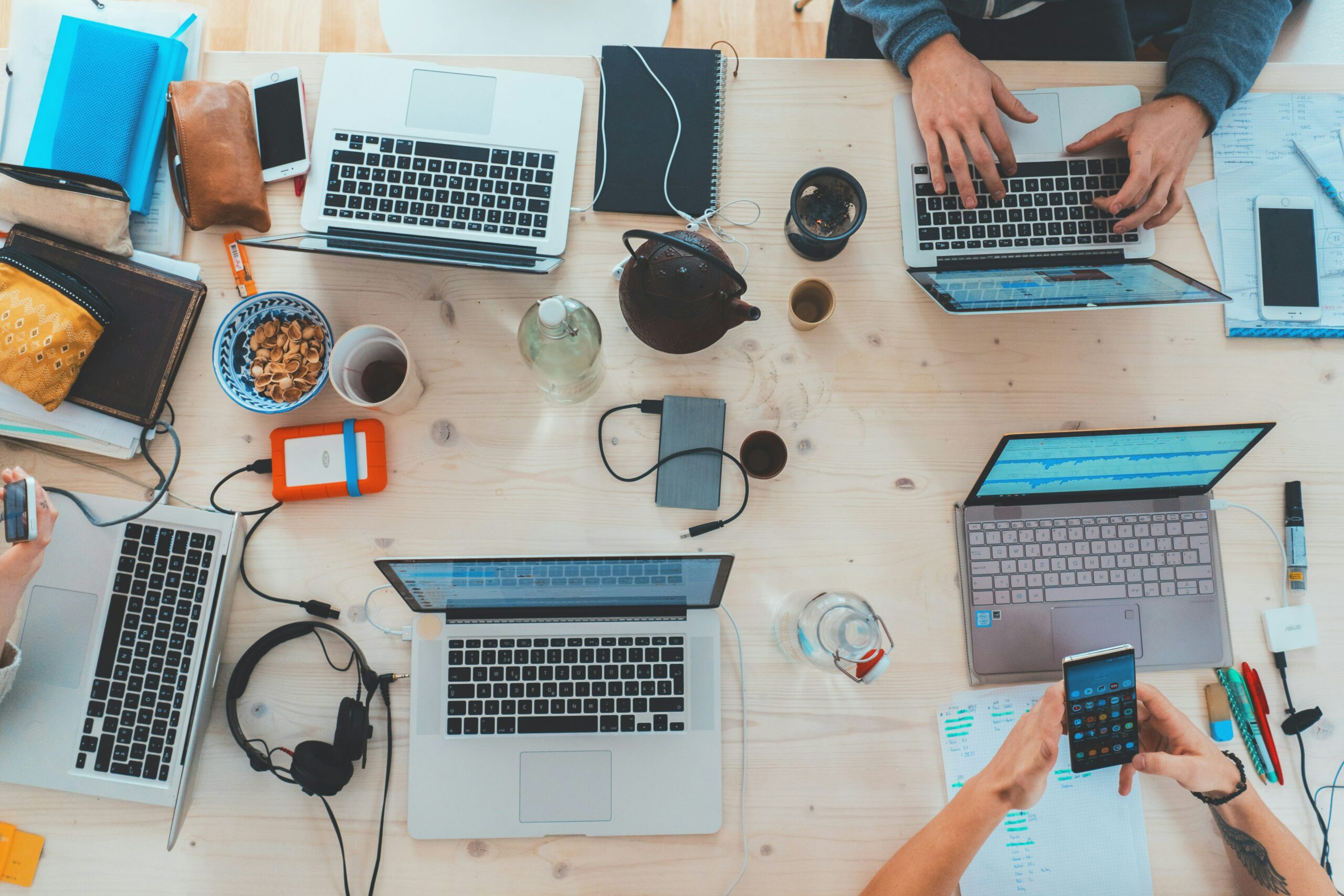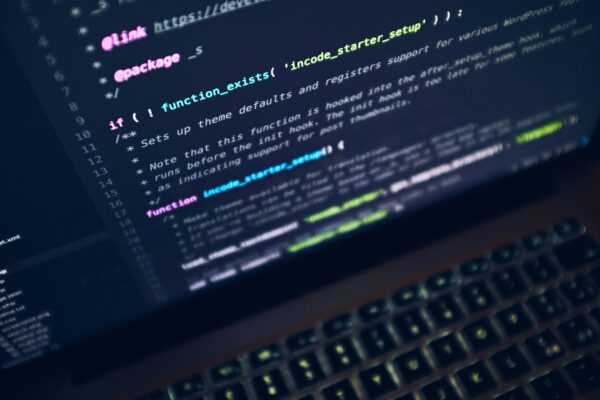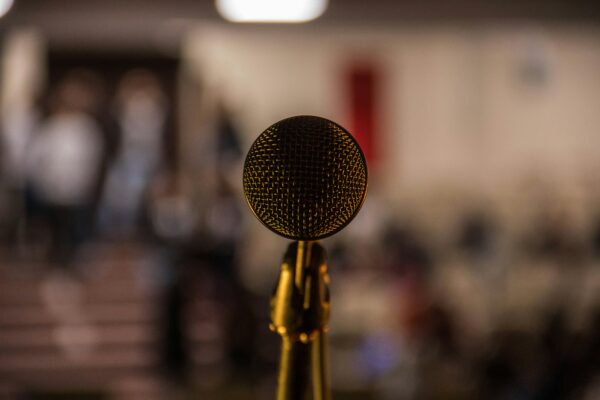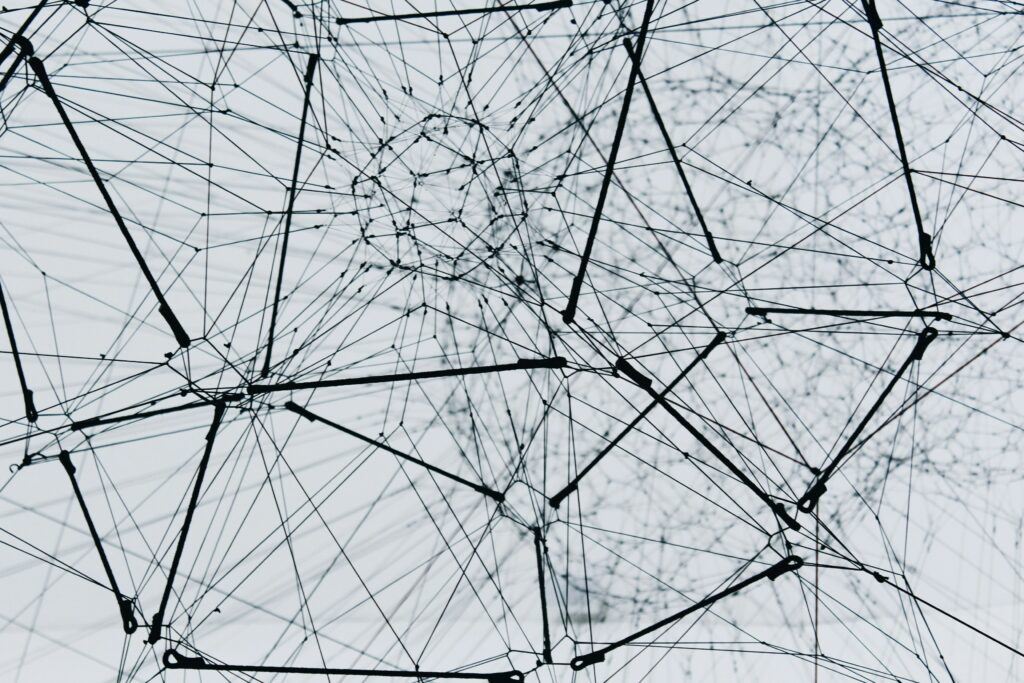
“Social media is more like antisocial media, if you think about it.”
This is a phrase that has been popularized over the last decade or so by public talking heads and internet users alike. The phrase evokes a feeling of general annoyance amongst those of us who have been social media users of some type for most of our lives. It bothers us because social media platforms serve useful purposes in our lives, purposes that are difficult to fulfill with other kinds of platforms. Many of us use it for essential communication with our friends and family, for receiving local and world news, and for genuine entertainment purposes. We like the ability to learn about the news, see cute dog videos, and text our friends about weekend plans on the same app. Aside from the dopamine hits, these platforms serve legitimate functions in many peoples’ lives.
The flip side of this is that we are all able and are often encouraged to be antisocial online. The endless scrolling, the shock-and-awe news stories, the anonymous harassment, and the financial scams are actively advertised on many social media platforms. These negative aspects are always in our society, online or off. Because so many of us find ourselves online every single day, we are now actively confronted with the negativity wherever we go. The functions that bind us online can break us in equal measure. Platforms like TikTok, Instagram, Twitter, Twitch, Facebook, and YouTube serve all of these different purposes for us.
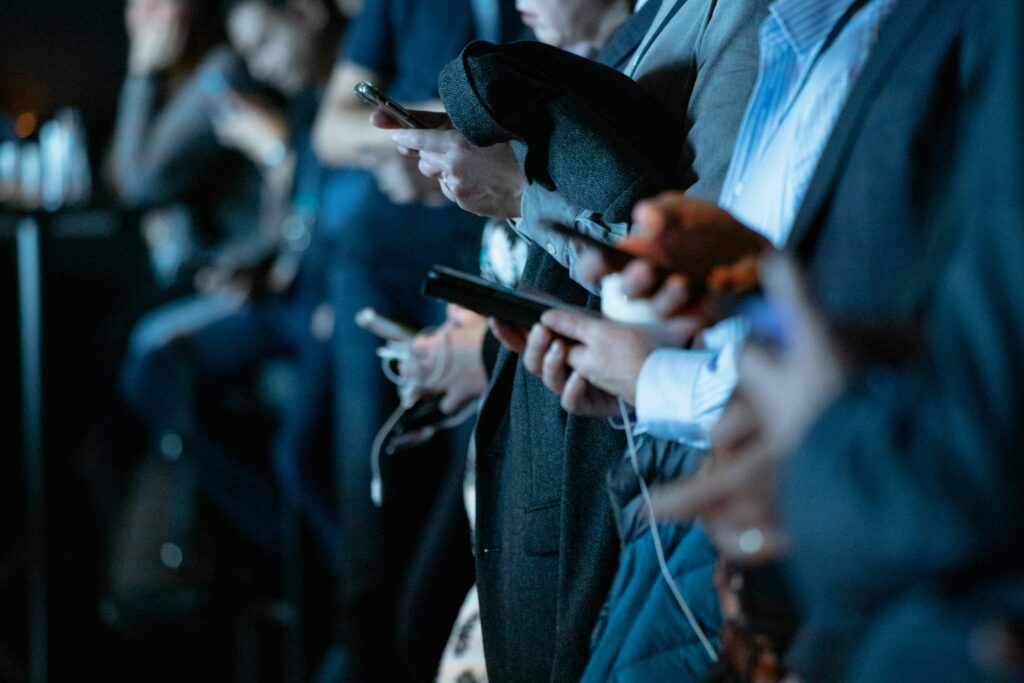
My essential argument against the “antisocial media” stereotype is that we, as social media users, have a the freedom to make positive or negative choices. Our guest speaker in EDCI 336 for January 23, 2024 was Jesse Miller, an expert on professional internet use and privacy. Among the quality advice and humourous stories he shared, one piece of information stuck out to me as particularly important with regards to the young students of our society: studies show that prosocial social media use does not negatively impact the mental health or ability of young people. Quality time spent online chatting with friends, reading news articles, and sharing interesting or funny animal videos provide do not make our brains unhealthy. We are using it as it was originally intended: to literally be social on the internet. It might not be the same as being social in person, but it provides a new avenue for social life. In general, those prosocial interactions either support our offline relationships or they help us forge new ones.
As individuals, we have a choice to be pro or antisocial on social media. As teachers, we have a duty to educate children on how and why to create prosocial connections online and to fight and ignore the antisocial. Much hay has been made about how social media can only create negativity, but that just isn’t true. Social media can and does facilitate antisocial behaviour, much of which comes straight from the tech comapnies designing the platfroms. But social media is omnipresent, and we must do our very best for ourselves and for our students to dispell the “antisocial media” steroetype – for our own goods.

